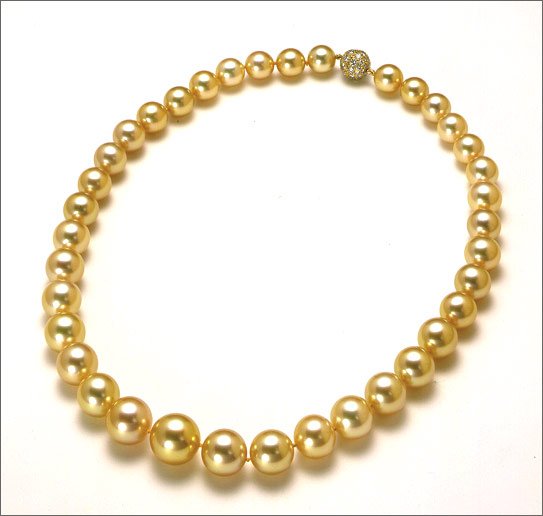
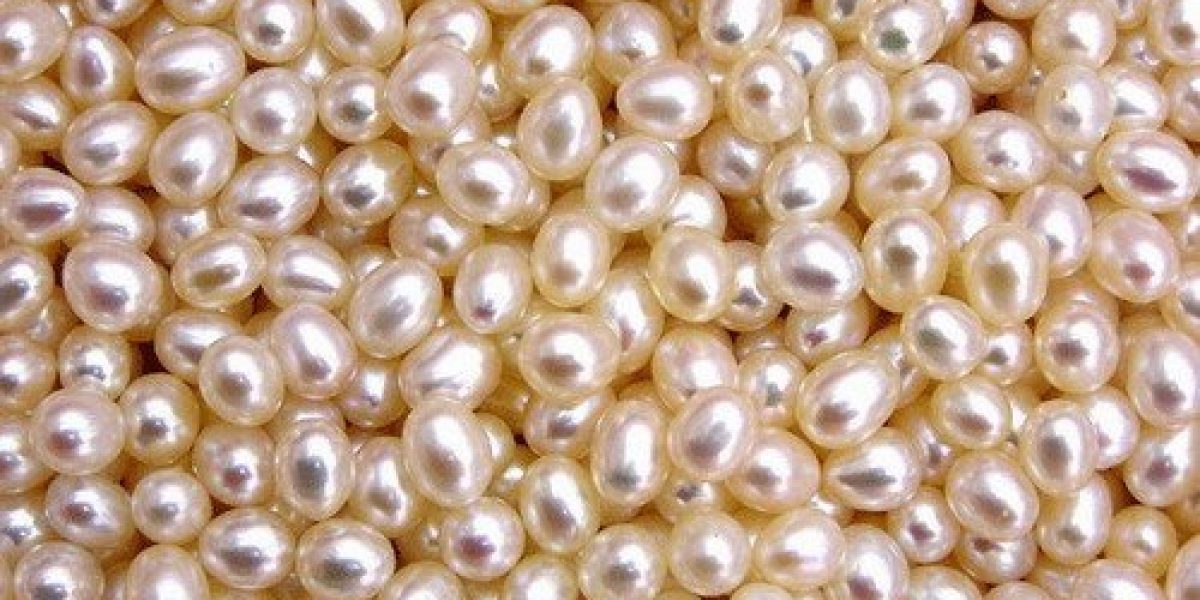
Once they have been harvested, pearls have to be cleaned and washed in order to take away all the organic dirt and brackish smell with barrels full of grains of salt, and this process has to be followed really carefully in order to prevent the cracking or flaking of the nacre.
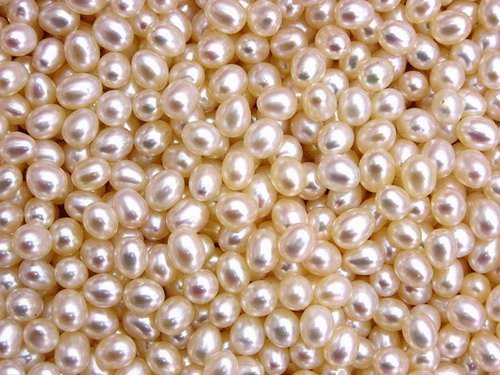
But, beside this natural method, there other ways which are rarely used and not considered, on the contrary they are highly not recommanded.
Medium and low quality Akoya chinese pearls are often treated after the drilling phase, mainly to improve and uniform the color, but a wrong bleaching can soften the nacre, making the pearl really delicate to wear.
Buffing the quality of the pearl with beewax or chemical varnishes to enhance their luster and remove little scratches takes place sometimes, but, despite the danger of nacre flaking because of chemical additives, this passage is allowed if used to cancel dirt, oil residuals and scratches.
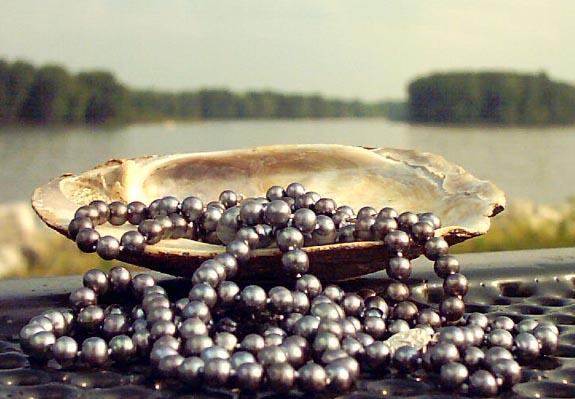
Another method, used to improve the quality and luster of the pearl, is coating it with chemical laquers, but with the wearing effect of time the varnish fades leaving the pearl dull and opaque and this result may disappoint the owners of the pearls since a good quality pearl doesn not need such treatments to sparkle.
Filling the pearls with foreign substances, like epoxy resin, is a habit when pearls have hollow spaces or a moving nucleus, to help it stay in place and guarantee stability and durability to the pearl.
But, beside stability, resin is also used to “give weight” to pearls in order to respect the parameters of weight-size, but this trick is easily unmasked with X-rays.
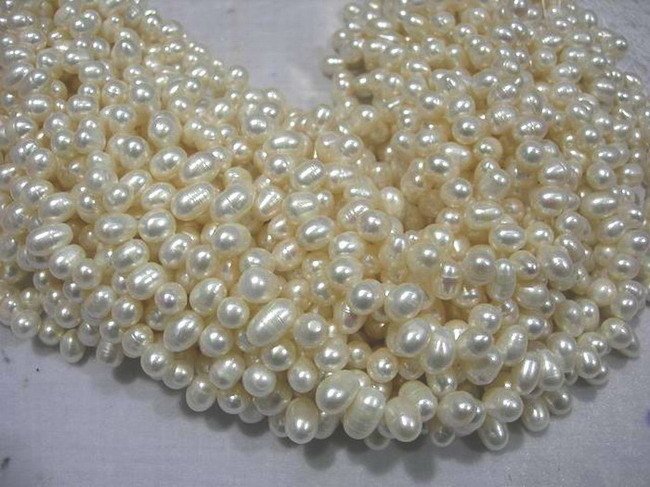
Lastly, dyeing has now become a common process to give particular coloured reflexes – like pink, gold or yellow – to the pearl and it’s easily detectable from the drilled holes or from small cracks on the surface of the pearl; these dyed pearls, above all gold or yellow, are very popular in Asia.
Similar Posts

Copyright © 2022 Adriano Genisi
VAT n° IT03492950245 – n° REA VI-329782